Serving in the Army often results in such permanent injuries to soldiers’ backs, necks, knees and ankles that being “broken” by the time you get out has become a well-worn cliche.
Treating those injuries is expensive both in dollars and readiness, so the Army is launching headlong into an effort to prevent the musculoskeletal wear and tear synonymous with long runs, ruck marches and jumping out of perfectly good airplanes.
In 2017, the head of the Center for Initial Military Training introduced a holistic health and fitness strategy that would focus on strength and conditioning, recovery, nutrition and other preventive measures at the soldier level.
But the Army is taking it a step further, with a massive study that will follow 4,000 trainees through their first eight weeks in the Army, measuring not only their initial muscle and bone strength, but any changes once they’ve completed basic training.
“Our goal is to basically understand who’s at risk — particularly, who’s at greatest risk ― and why, and what we can do about it,” Stephen Foulis, a research physiologist with the U.S. Army Research Institute of Environmental Medicine, told Army Times in a May 8 phone interview.
The Army has been trying to rethink the way it does fitness for the better part of a decade, but things finally came together in 2016, when senior leadership approved the Occupational Physical Assessment Test ― the service’s first new PT test since 1980.
To create it, researchers with USARIEM’s military performance division studied soldier tasks and strength training exercises to come up with a test to measure a basic performance level necessary to serve.
From there, the team moved on to the next puzzle: How to prevent injuries in soldiers by identifying risks and mitigating them before it’s too late.
“From the study, if we were able to identify the top five to 10 characteristics of somebody at greatest risk for injury, then we could target that person to intervene in a manner where they would reduce their risk for injury during training,” said Julie Hughes, another research physiologist at USARIEM.
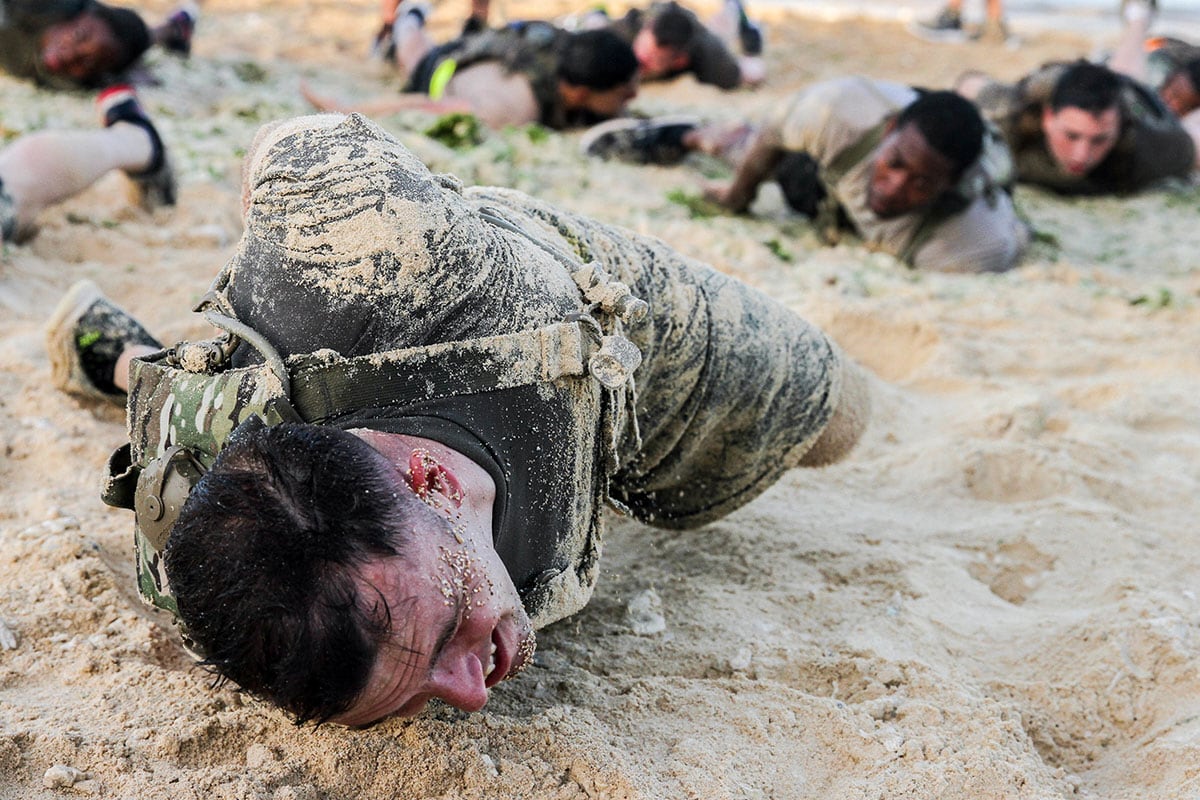
What it takes
To determine risk factors, the team takes a host of measurements from recruits when they first begin boot camp, including blood work (some proteins and hormones are an indicator of musculoskeletal strength), a high-resolution bone scan and a body composition test.
Recruits then answer a survey about their sleep, exercise and nutrition habits, as well as their demographics, so researchers can compare and contrast gender, age, ethnicity and other characteristics.
The scans are repeated after the eight-week training period, to see how their muscles and bones have adapted to the new physical activity.
“Some people will be injured during that time frame, some people won’t,” Foulis said. “And we can do some comparisons across groups to figure out which factors are related to injury, which aren’t, and which are more related [than others].”
At just over year into the study, about 350 soldiers have been tracked.
“We want to know who adapts in a positive way,” Hughes said. “In some of our early studies, we’re finding that bones get quite a bit stronger in only eight weeks of basic combat training. You may see body composition changing in a positive way, but we need to show that — we need to show which soldiers have a positive adaptive response to training as well, and what are the reasons for that positive change?”
A certain amount of sleep, a particular diet pattern or certain medications or supplements are all on the radar as possible influences, she said.
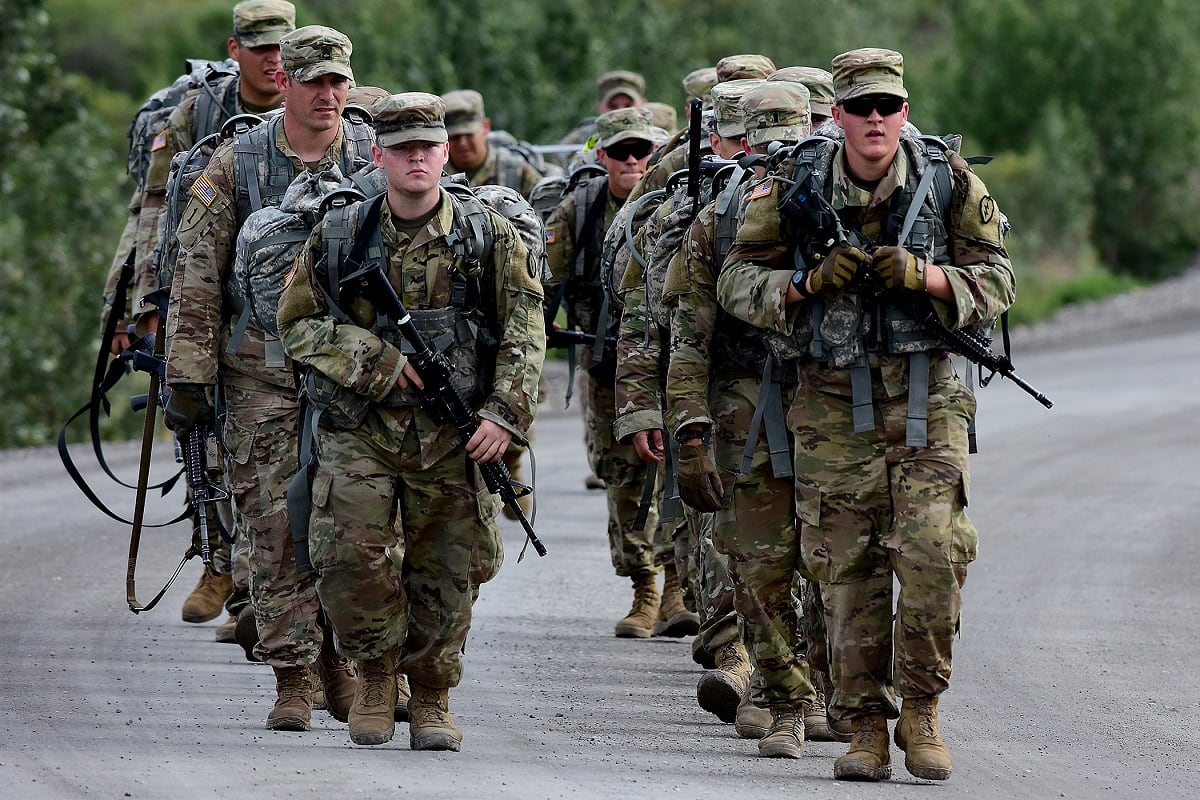
The study is designed to reach 4,000 soldiers over a total of four years, expanding from Fort Jackson, South Carolina, to one-station unit training at Fort Benning, Georgia, and Fort Leonard Wood, Missouri.
That number was determined by an in-house statistician, who calculated 4,000 in order to get a statistically significant sample — and account for the fact that about 30 percent of those recruits would drop out during training.
RELATED
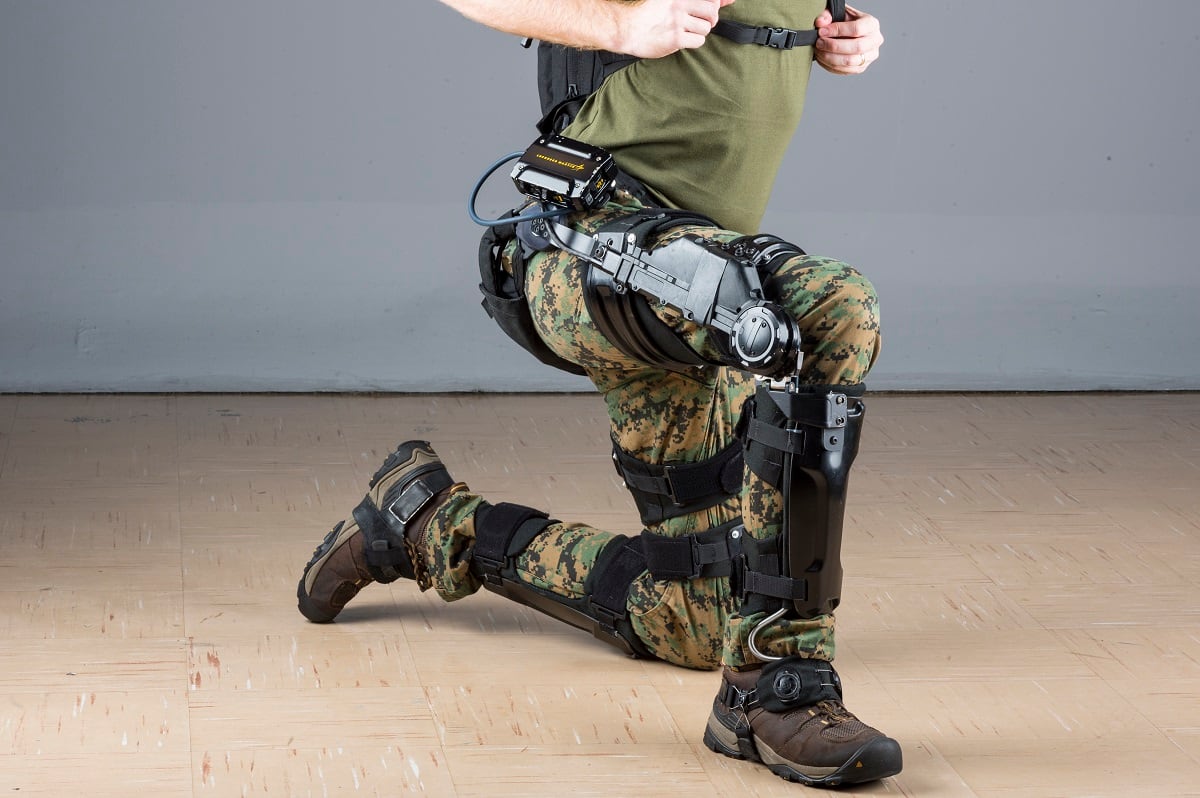
The female problem
At the forefront of the recent debate on whether to allow women to serve in combat arms jobs was some solid research about the rate at which women serving in the military break their bones.
The Marine Corps cited increased injury rates in its gender integration study, one of a handful of pieces of research that has concluded the same thing.
In fact, USARIEM’s Hughes was a lead researcher on a study published in the journal “Bone” this year, finding that while 5 percent of men suffer stress fractures in basic training, the number for women is four times that.
“There are multiple factors affecting stress fracture risk, but notably the pathophysiology that underlies stress fracture is not well understood,” according to the study.
Hughes’ study shared preliminary findings from USARIEM’s research at Fort Jackson, with data from 91 women aged 17 to 42 years old.
Simply put, stress fractures happen when bones can’t repair themselves more quickly than they are being damaged, and some people’s bones are more efficient at repair than others.
While overall, women in the study saw the thicker bones and greater mineral density you’d expect from high-impact exercise, the researchers were able to draw some conclusions from those who had signs of weakening during basic.
For example, women were more likely to suffer weakening of their bones if they had not been regular (at least twice a week) exercisers before joining the Army. Similarly, women with vitamin D deficiencies were much more likely to suffer a loss of bone mineral density.
“It’s well known in the literature that women do have a higher risk for musculoskeletal injury, so it’s our job to find out how to intervene, where to intervene,” Hughes told Army Times.
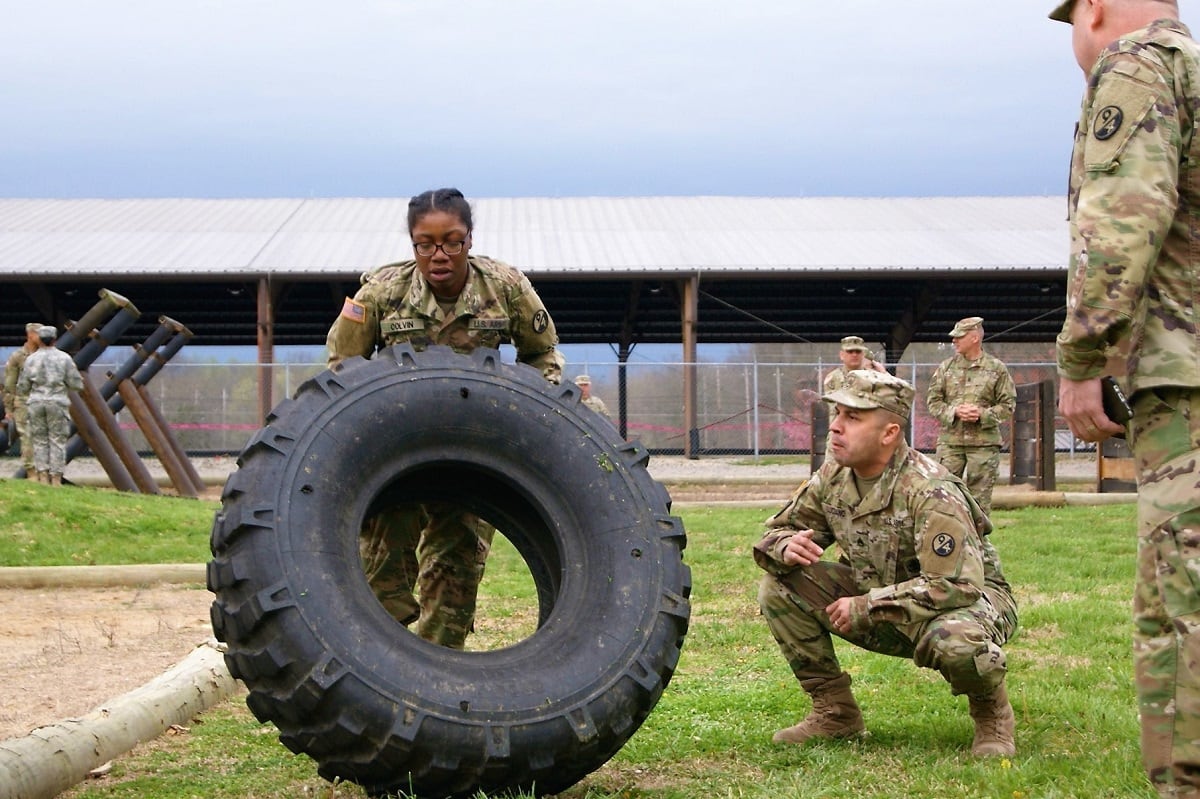
For that reason, she said, the study is oversampling women. A full half of the study participants will be female, despite their being vastly outnumbered in the Army.
“We want to find out what factors best help women get through basic combat training in a healthy way,” Hughes said. “How do we create a resilient female warfighter?”
Women are at a three-to-five times higher risk for stress fractures, she said, which likely has a lot to do with bone strength. The study aims to look at baseline differences in women’s and men’s bone strength when they enter basic, then see how much they’re able to build during training.
“So we can see which ones come in with the strongest bones and why,” she said, “then see who adapts.”
Anecdotally, the Army has found that female athletes have fared better during initial training, presumably due to increased bone strength from weight lifting and regular physical activity.
“The ultimate goal would be to develop an algorithm for Army leaders so they can apply and reduce musculoskeletal injuries in recruits,” Foulis said. “We don’t want to weed people out, but if someone’s recognized as being a higher risk for injury, we can provide additional support on what they might be able to do to prevent it, and just know who we need to keep a better eye on in general.”
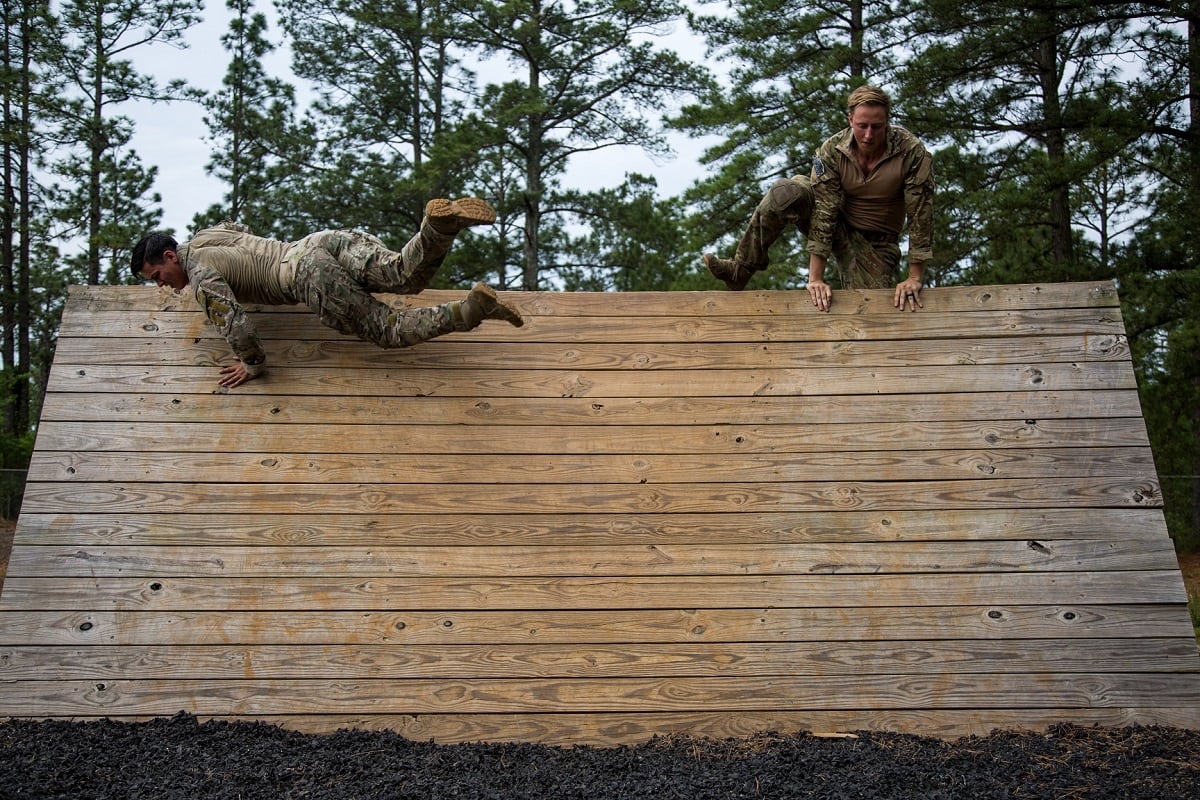
Brigade nutritionists, and more
While 2017 was the year of the fitness test, with two pilots for an assessment to measure ongoing soldier physical readiness. the Army’s next move will be to put fitness and nutrition teams down into units for regular support.
As part of Army Forces Command’s pilot of the Soldier Readiness Test, battalions were given different levels of support in terms of equipment, but also strength and conditioning coaches and nutritionists.
The results, FORSCOM chief Gen. Robert Abrams told Army Times in May, were predictable.
“After we did the pilot, the results were astounding,” he said, with a 43 percent reduction in soldiers on profile for musculoskeletal injuries.
Going forward, the Army is investing in embedding nutrition and fitness experts across the service, a practice that, until now, has been more common only in special operations units.
RELATED
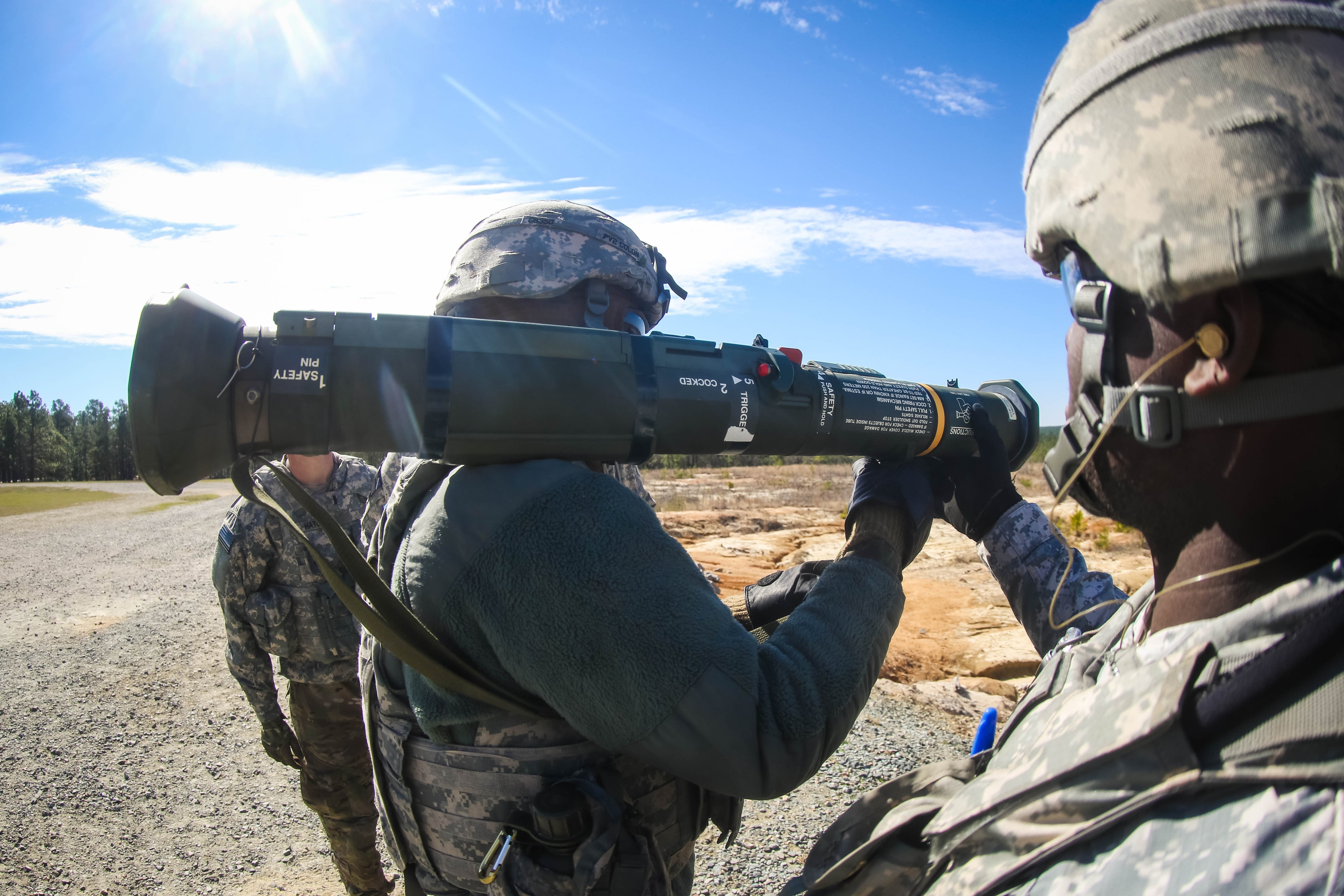
“We’re looking at this [now] for the entire Army,” Army Secretary Mark Esper told Army Times in April. “We’re putting money against that, and we’re looking at it for at least each brigade. You would have a nutritionist, a physical fitness trainer and physical therapist.”
The Army plans to put $355 million into holistic health and fitness efforts over the next four years — and almost double that amount over the following four years.
The plan is to put two physical therapists, two registered dietitians, two sports psychologists, seven athletic trainers, 14 strength and conditioning coaches, plus program and facilities managers, into each brigade.
The personnel would be a mix of uniformed troops, civilian employees and contractors.
The next step, Abrams said, will be to push the resources down to battalions.
“We’re going to expand it to 30 battalions, and we are on azimuth,” he said. “You know, my goal, personally, is to get this capability in every battalion in the Army.”
The Army is in the final stages of rolling out this plan, according to the Center for Initial Military Training, but final numbers haven’t been determined.
“Units will receive a mix of military, Army civilians and contracted staff,” CIMT spokeswoman Stephanie Slater told Army Times. “Exact numbers, duty positions, and physiology/medical specialties remain to be determined.”
Meghann Myers is the Pentagon bureau chief at Military Times. She covers operations, policy, personnel, leadership and other issues affecting service members.










